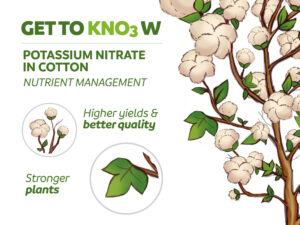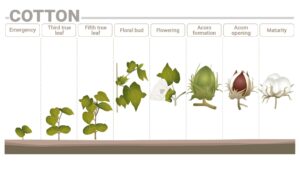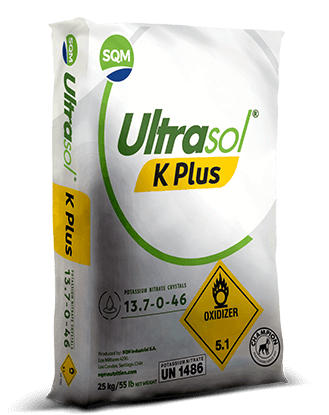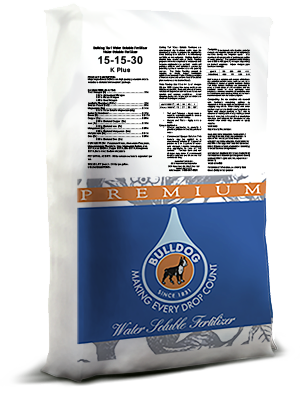This study was performed to evaluate the response of cotton (Gossypium hirsutum L.) yield and yield characteristics to foliar K at three silty loam field locations in Arkansas (USA) from 1999 through 2002. The Mehlich 3 extractable (1:7) soil test values for these three locations ranged from 270 to 376 kg K ha-1, which is considered to be in the high range for cotton production in Arkansas. Foliar KNO3 was applied at 11,2 kg KNO3 ha-1 for four consecutive weeks starting one week after first flowering with a pressurized CO2backpack sprayer calibrated to deliver 93,5 L ha-1. The foliar potassium nitrate treatment had a statistically significant effect on the number of seeds per hectare. Foliar KNO3 increased the number of seeds ha-1 by 13% compared to the untreated control. Across the five site years, foliar K numerically increased lint yield by only 4% (1285 vs. 1337 kg/ha), with a majority (171 kg) of this increase occurring at one site year (Table 1). The results suggest that foliar KNO3 applications typically do not increase yields when soil test K levels are adequate, or when recommended rates of K are soil-applied.
Table 1. Effect of foliar applied potassium nitrate on cotton lint yield.






